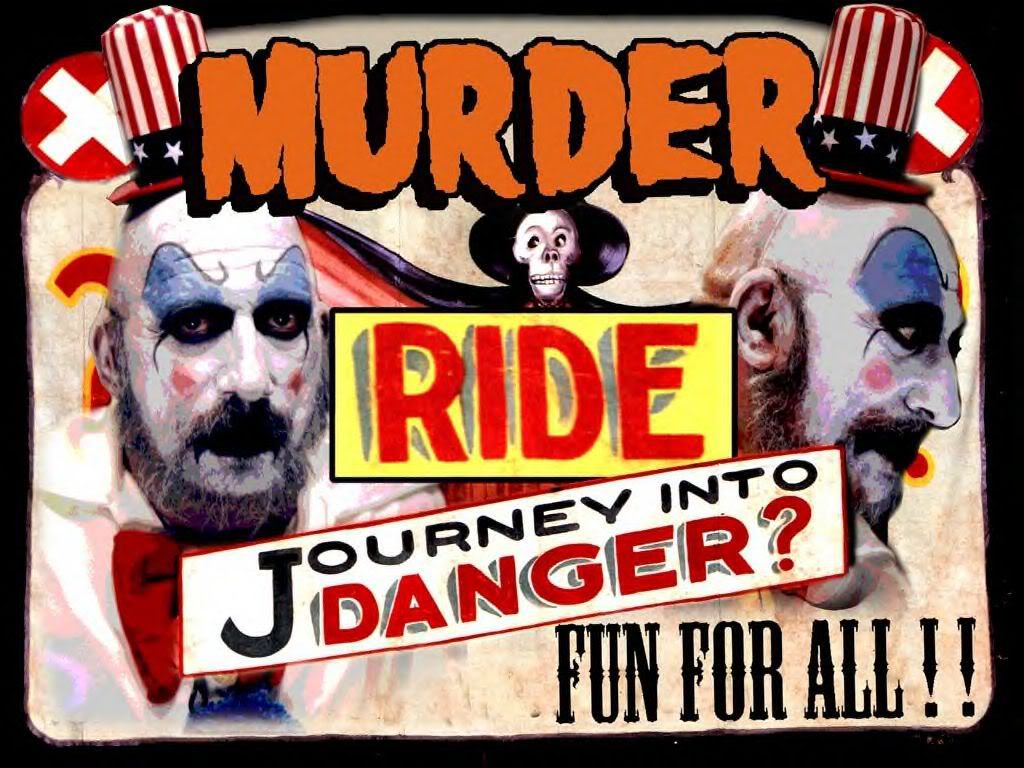
While shock rock is by no means a new sub-genre of music, the magnitude of its popularity continues to increase. While many shock rock bands and artists ride on the image of non-conformists with a message to society, their primary appeal revolves around the way in which they stage displays that evoke the element of shock from their audiences. Take Slipknot, a nine-member band originating in Des Moines, Iowa. Like GWAR, all of the band members in Slipknot have adopted theatrical personas, using freakish costumes and custom masks to define themselves as unique characters. Among some of the more prominent of these masks are an eerie clown face, eye-catching pinhead, and a twisted Pinocchio-inspired character. Every one of the masks has a dark, nefarious air about it, resembling those one would expect to see in a slasher flick. Once more, all of the masks can now be found for sale around the Internet, including in the band’s official online store. In addition to their respective characters, the band members are also known by their self-assigned numerical stage aliases ranging from zero to eight. Similar to the way in which GWAR fans refer to themselves as “scumdogs,” the members of Slipknot refer to their fans as “maggots,” a rather insulting and debasing term. In fact, everything about their act seems to suggest a desire to jolt audiences with their freakish image. However, the members of Slipknot insist that their success derives more from their music than the band’s shocking image. In fact, band member Shawn Crahan, also known as “clown,” claims that it was never the band’s intention to create an image based on shock value to attract fans: “If anything, it was a totally anti-image thing, no cool hairstyles, no cool clothes, no rock star bullshit. If our anti-image has turned into an image, then cool. After five minutes of seeing the band, I don’t think anyone pays attention to it. They pay attention to the music” (Slipknot-metal). However, are Slipknot’s fans truly attracted to the band’s music? While the music might give longevity to their fan base, is it really at the basis of their initial appeal to fans? After all, they are certainly not the only shock rock band out there, and their lyrics, while controversial, are certainly not revolutionary. For instance, in the band’s official biography on AOL Music, their music style is described as a “mix of grinding, post-Korn alternative metal, Marilyn Manson-esque neo-shock rock, and rap-metal” (Huey). As such, one can infer that Slipknot’s music is not innovative, but rather a product of influence.


Upon listening to their music, one is immediately struck by the dark satanic quality of the lead singer’s voice. Many of their songs have a frantic quality about it, from the fast-paced rhythms and rap-like recitation of the almost completely incomprehensible lyrics. While some of the choruses actually contain a harmonic quality about them, the majority of the songs are overwhelmed by unmelodic bass and guitar rifts and deal with subjects of depression, hopelessness, and self-hatred. Nevertheless, Slipknot’s success has only increased with every album, gradually raising them from the underground world to a mainstream sensation. In 2008, All Hope is Gone debuted as the band’s first number one hit on six different charts, most importantly the Billboard 200 on which the album remained for fifty-three weeks. With ratings like these, it is safe to say that Slipknot has succeeded in bringing shock rock to the mainstream music world and redefining peoples’ perceptions of fear. While their music is thematically similar to that of many other metal and shock rock artists, their eerie personas are unique tothem. Thus, their success is primarily a result of the extremely controversial nature of their act. While shock rock artists such as Slipknot have taken the music industry by storm, over the past few years, a new horror sub-genre has similarly emerged to exploit the human attraction to pain and terror like none before it.

No comments:
Post a Comment